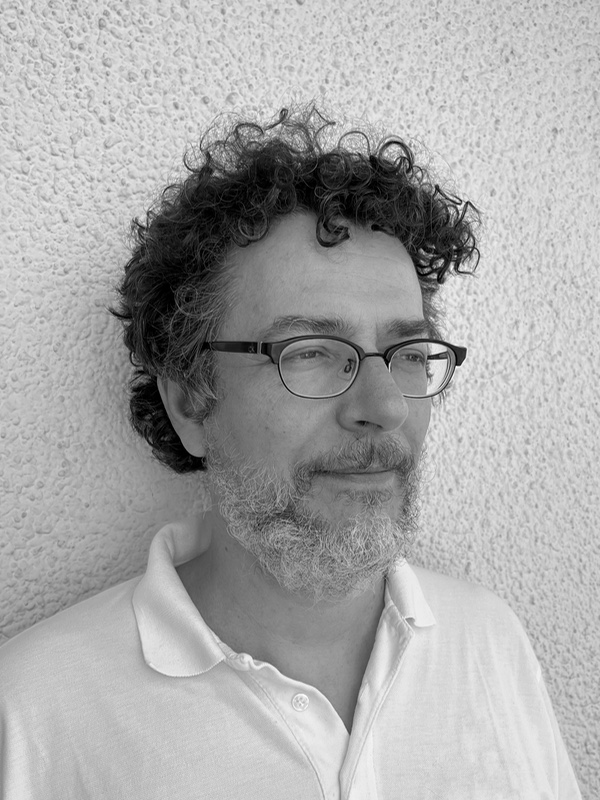
Zusätzlich zur Entwicklung habe ich über 15 Unternehmen beraten, hauptsächlich im Bereich Datenbankprogrammierung und -performance, Datenbankmigrationen mit Spezialisierung auf PostgreSQL und Nutzung von Open-Source-Software und Linux.
Als Trainer habe ich über 250 Schulungen durchgeführt, sowohl vor Ort als auch online, für Unternehmen und öffentliche Einrichtungen. Meine Fachgebiete in der Ausbildung umfassen zur Zeit Softwareentwicklung, Datenbanksysteme und maschinelles Lernen.